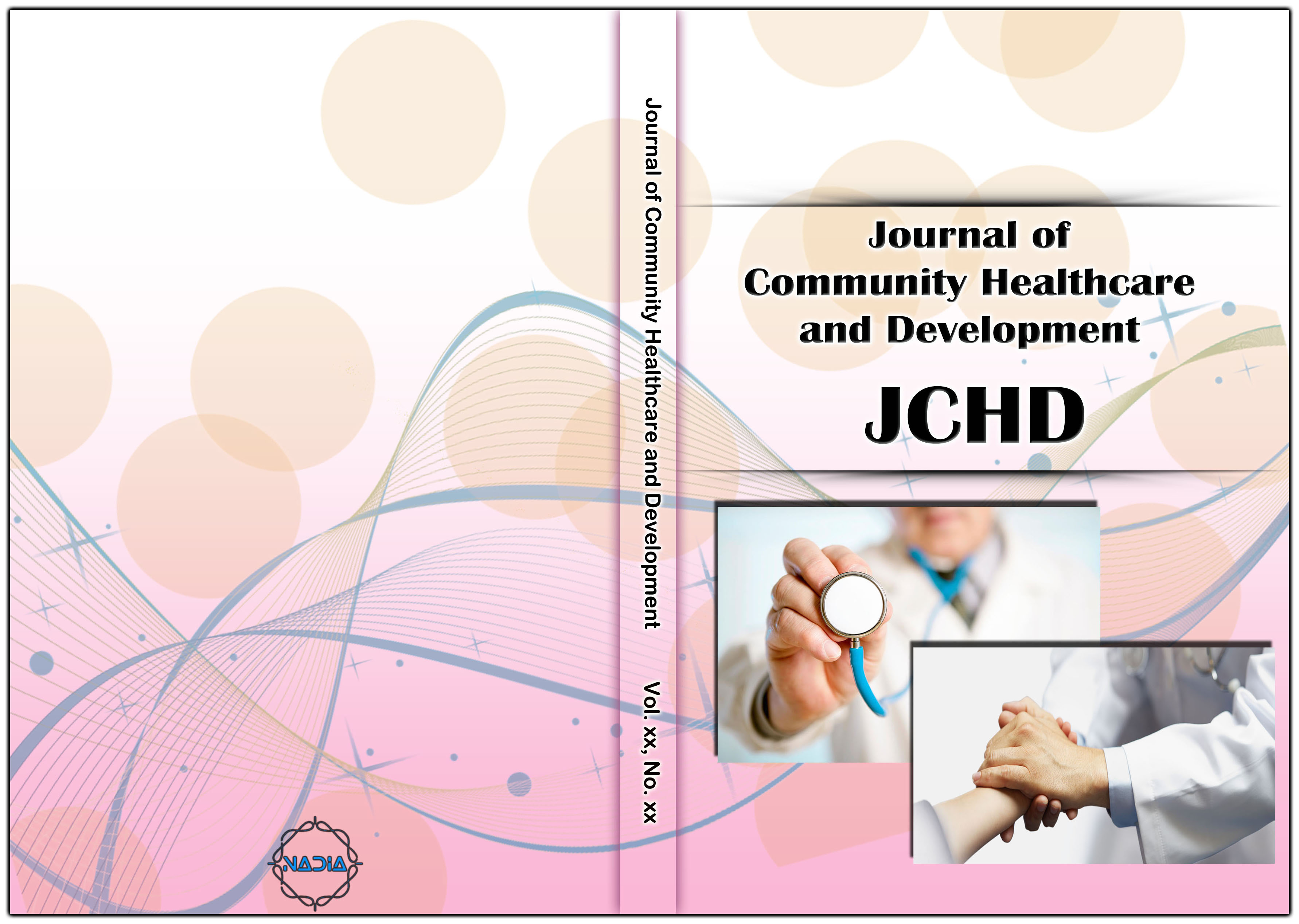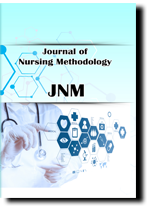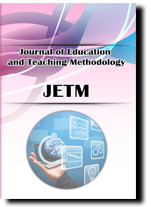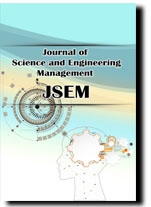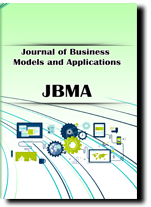[1] Ahn, S. H., “Analysis of Risk Factors for Patient Safety Management”, Journal of Korean Academy of Nursing Administration, vol. 12, no. 3, (2015), pp. 373-384.
[2] Park, J. H., and Park, M. H., “Knowledge, Attitude, and Confidence on Patient Safety of Undergraduate Nursing Students”, The Journal of Korean Academic Society of Nursing Education, vol. 20, no. 1, (2014), pp. 5-14.
[3] Jeong, J., Seo, Y. J., and Nam, E. W., “Factors Affecting Patient Safety Management Activities at Nursing Divisions of Two University Hospitals”, Korean Journal of Hospital Management, vol. 11, no. 1, (2006), pp. 91-109.
[4] Ballard, K. A., “Patient Safety: A Shared Responsibility”, Online Journal of Issues in Nursing, vol. 8, no. 3, (2011), pp. 105-118.
[5] Choi, S. H. and Lee, H. Y., “Factors Affecting Nursing Students’ Practice of Patient Safety Management in Clinical Practicum”, The Journal of Korean Nursing Administration Academic Society, vol. 21, no. 2, (2015), pp. 184-192.
[6] Yang, H. Y., “A Study on the Effect of Perception of Hospital Nurses toward the Patient Safety Culture on the Safety Nursing Activity: Focusing on Sunchon Region”, Sunchon National University, Master's Thesis, (2009).
[7] Park, H. H., “A Structured Model of Nurses’ Patient Safety Management Activities”, Eulji University, Doctoral Thesis, (2013).
[8] Park, M. A., “Self-leadership, Stress on Clinical Practice, and Stress Coping Styles in Nursing Students”, Kyunpook National University, Master's Thesis, (2009).
[9] Park, M. A., “A Study on Nursing Students’ Knowledge, Attitude, Confidence in Performance and Practice in Safety Management”, Keimyung University, Master's Thesis, (2016).
[10] Jang, H. N., “Education and Application of Patient Safety Competence Assessment Tool: Survey for Nurses”, Seoul National University, Master's Thesis, (2013).
[11] Jang, S. G., “A Structural Model of Safety Climate and Safety Compliance of Hospital Organization Employees”, Yonsei University, Doctoral Thesis, (2010).
[12] Park, Y. R., “Knowledge, Attitude, and Self-confidence of Student Nurses regarding Nosocomial Infection Control”, The Korean Journal of Fundamental of Nursing, vol. 14, no. 4, (2007), pp. 429-436.
[13] Choi, M. S., “Study on Teaching Effectiveness and Clinical Competency of Nursing Students on Clinical Practice Education”, Ewha Womans University, Master's Thesis, (2005).
[14] Choi, S. H. and Lee, H., “Factors Affecting Nursing Students’ Practice of Patient Safety Management in Clinical Practicum”, The Journal of Korean Nursing Administration Academic Society, vol. 21, no. 2, (2015), pp. 184-192.
[15] Flin, R., Patey, R., Jackson, J., Meams, K. and Dissanayaka, U., “Year 1 Medical Undergraduates’ Knowledge and Attitudes to Medical Error”, Medical Education, vol. 43, no. 12, (2009), pp. 1147-1155.
[16] Chenot, T., “Patient Safety in the Ambulatory Care Setting”, Northeast Florida Medicine, vol. 58, no. 3, (2007), pp. 21-26.
[17] Madigosky, W. S., Headrick, L. A., Nelson, K., Cox, K. R. and Anderson, T., “Changing and Sustaining Medical Students’ Knowledge, Skills, and Attitudes about Patient Safety and Medical Fallibility Academic Medicine”, Journal of the Association of American Medical Colleges, vol. 81, no. 1, (2006), pp. 94-101.
[18] Kim, I. S., Park, M., Park, M. Y., Yoo, H. and Choi, J., “Factors Affecting the Perception of Importance and Practice of Patient Safety Management among Hospital Employees in Korea”, Asian Nursing Research, vol. 7, no. 1, (2013), pp. 26-32.
[19] Yoo, H. N. and Lee, H. Y., “The Initial Application of the Patient Safety Management Activity Scale (PSM-A) for Nursing Students: Brief on Reliability and Validity”, Journal of the Korean Data Analysis Society, vol. 16, no. 6B, (2014), pp. 3423-3436.
[20] Hyun, Y. H., “The Relationship among Self-efficacy, Attitude of Patient Safety, and Safety Care Performance in Nursing Students”, Keimyung University, Master's Thesis, (2015).
[21] Park, J. H., “Knowledge, Attitude, and Confidence on Skill of Nursing Students toward Patient Safety”, Keimyung University, Master's Thesis, (2011).
